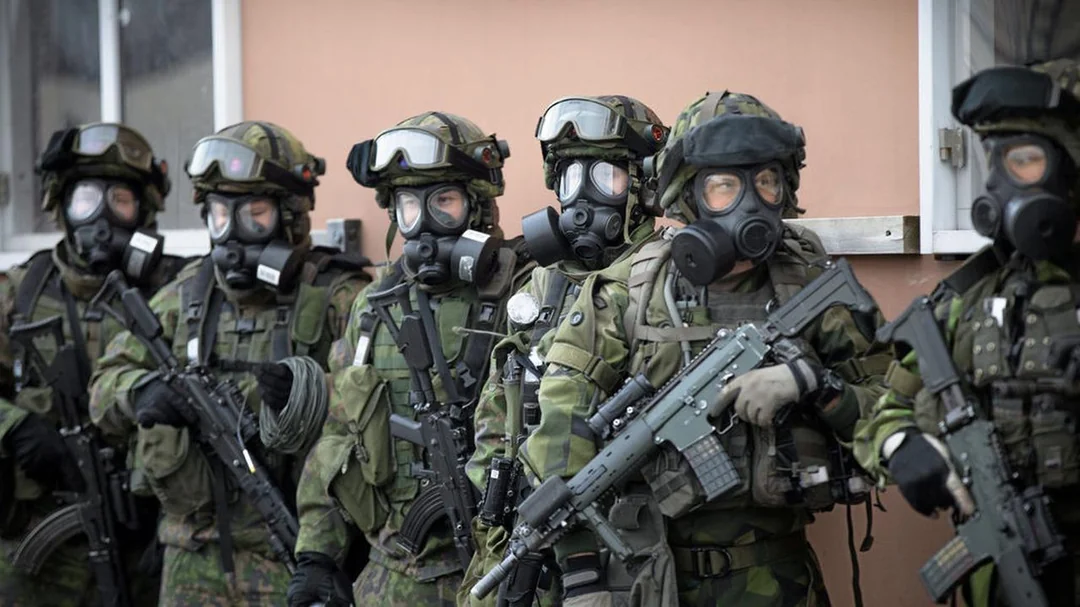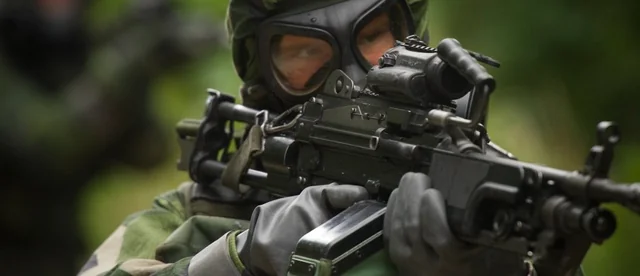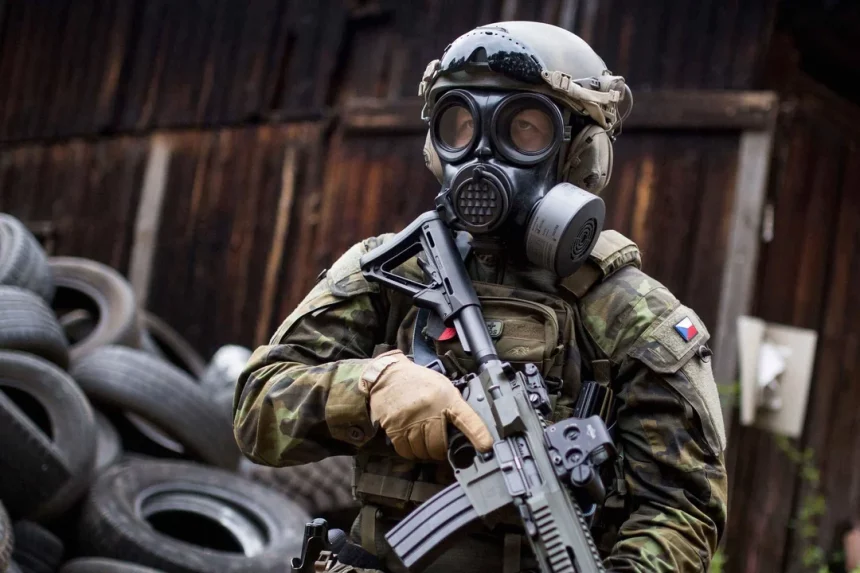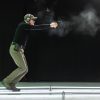In recent years, the image of a bearded operator in full tactical gear has become something of a cultural icon. It’s rugged, commanding, and undeniably cool. But when it comes to real-world chemical, biological, radiological, and nuclear (CBRN) threats, there’s one critical problem: beards and gas masks don’t mix.
Despite a growing number of claims online suggesting this fact has been “debunked,” the truth remains scientifically unshakable—beards prevent gas masks from forming a proper seal, and that can be deadly. This isn’t a matter of personal opinion or military tradition; it’s a matter of physics and human biology.
The Science of the Seal
Let’s begin by understanding how gas masks are designed to function. Taking the widely used M50 Joint Service General Purpose Mask (JSGPM) as an example, we can see a critical feature common to all modern respirators: the peripheral seal. This is a strip of rubber, usually one to two inches wide, folded inward around the edge of the facepiece. Its purpose? To create an airtight seal directly against the wearer’s skin.

When the seal is intact, all inhaled air must pass through the mask’s filters, keeping dangerous contaminants out. However, if anything breaks that seal, such as a gap caused by facial hair, contaminated air can slip inside, bypass the filters, and be inhaled directly. Even a small breach in this seal can lead to catastrophic failure in a CBRN environment.
Why Beards Break the Seal
To demonstrate this point, I used a clump of my beard hair during a test. By placing it between the seal of the M50 mask and a mannequin’s skin, a noticeable gap formed, even with the mask tightly strapped down. To test the integrity of the seal, I pressed a crumpled tissue against the breach and blew air through the mask. The tissue moved. That’s all it took to prove air—and by extension, gas—can and will enter through a beard-compromised seal.
If you’re still skeptical, you can run a simple test yourself: hold a clump of your beard hair between your lips, seal your mouth over it, and try to exhale. You’ll feel the air escaping—not airtight at all.
The Myth of “Workarounds”
Some people have proposed creative solutions to this problem. One frequently mentioned hack involves smearing Vaseline or other lubricants into the beard in hopes of creating a seal. Hypothetically, if you coat your beard with enough thick substance, it might reduce airflow through the hair. But there’s a big catch: no scientific data supports this method. It’s not tested, not reliable, and frankly, not realistic in a live-threat environment.

Even if it did work, you’d have to maintain that sticky mess all day, including while you sleep, reapplying it every few hours as it dries out or rubs off. And in the heat of battle or during a chemical alert, applying beard grease won’t be top priority. The truth is, this method is more about passing a fit test than providing real-world protection.
Powered Air-Purifying Respirators (PAPRs): A Partial Fix
Another common suggestion is the use of a Powered Air-Purifying Respirator, or PAPR. These units use a blower to force filtered air into the facepiece, creating positive pressure. In theory, that outward pressure should prevent contaminated air from entering, even through small gaps.
However, the effectiveness of PAPRs depends heavily on the size of the breach. A small imperfection in the seal, like a stray hair—might be overcome by the pressure. But a full beard creates a breach too large for any blower unit to compensate for. When you inhale deeply, especially under exertion, the pressure inside the mask drops rapidly. At that point, the outside air pressure takes over, forcing unfiltered air in through any available gaps, including the one caused by your beard.
The Realistic Solution: Escape Hoods
If shaving isn’t an option and you still need respiratory protection, CBRN escape hoods may be your best bet. Devices like the Avon NH15 or the M52 Joint Service Chemical Environment Survivability Mask seal around the neck instead of the face. This design makes them more forgiving of facial hair, provided the beard is short and kept well-trimmed.

Still, these hoods have major drawbacks. They’re uncomfortable, hot, and foggy easily. Visibility is reduced, making them virtually unusable in combat situations. More importantly, they are single-use devices, typically only effective for 15 minutes before needing complete replacement. Soldiers don’t have the option to swap out their issued M50 masks for an escape hood, and preppers relying on one must understand its limitations.
Final Thoughts: Don’t Life-Hack Your Survival
The bottom line? There is no safe workaround for wearing a gas mask with a beard. This isn’t something you can life-hack or 3D print your way out of. Chemical warfare agents were engineered to bypass protection and kill you—some even degrade the materials in your gear. That’s why masks like the M50 are made of specialized butyl rubber blends, and why makeshift alternatives, no matter how clever, are unlikely to withstand real exposure.
To stay safe, follow established protocols. If you need to wear a gas mask, you need to be clean-shaven. No exceptions.
Yes, beards are stylish. But they won’t save your life—and in a CBRN scenario, they might cost it.






